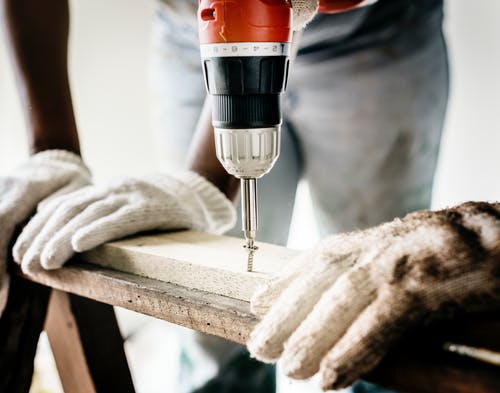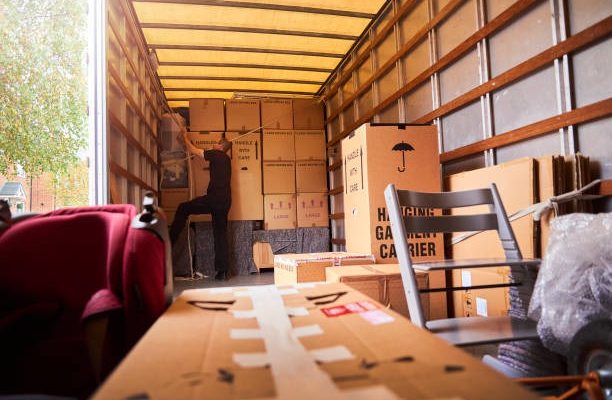Spots of blood start to show up on your carpet as soon as you discover you’ve cut your finger. Whether wet or dried, bloodstains can be challenging to get rid of, just as red wine and coffee stains. Bloodstains are concerned with carpeting, furnishings, cushions, bedding, and garments, among other soft surfaces. These challenging stains can be properly removed with a little knowledge and the appropriate product.
How to Get Rid of Blood Out of the Carpet
To remove blood out of carpets (or any other stain from a carpet, for that issue), you should bear in mind that the sooner you begin the cleaning procedure, the greater your chances of success will be. If in any way possible, prevent allowing the stain to embed in. Follow the methods listed below to raise the blood without breaking a sweat. Constantly put on gloves when working with blood.
Step 1: Remove any excess blood from the carpet.
If the bloodstain on the carpet is still fresh, clean it away with a completely dry, white cloth or absorbent paper that is not colored. You can dab the bloodstain gently with kitchen paper towels, for instance. Scrubbing will only make the bloodstain even worse. Instead, blot the stain, and you’re ready to go on to the following step in this guide on getting rid of blood from a carpet.
Step 2: Pour warm water over the carpet to dissolve the bloodstain.
Using cold water, rinse and remove the blood. To avoid spreading out the stain, use a small amount each time. Only use cold water because warm water will establish the discolor and irreversible it. To do this, wet a clean white fabric with cold water and blot it completely dry afterward. Continue this way until the blood stops transferring to the material.
You can also use a wet vac to suction the solution out, which lowers the danger of the tarnish spreading. However, if you think you cannot remove the bloodstain in your carpet, you can contact body fluid cleaning services to help you resolve your problem.
Step 3: Apply dishwashing detergent to the stain.
Put some dishwashing fluid cleaning agent into some cold water and use that to eliminate any leftover discolorations. To stop the tarnish from spreading or damaging the carpet fibers, gently work the cleaner into the affected location without rubbing it in too tough. Harmed fibers are prone to staining. If needed, repeat the process until no more spots are transferred to your towel or paper towels from the carpet.
Blot out any extra water by standing on a thick towel when you’re finished.
Step 4: Use a stain remover on the bloodstain.
Use a carpet stain solution if dishwashing soap doesn’t eliminate the bloodstain from your carpet. Many highly suggested stain cleaners can be found on the market at a reasonable price. If you have a fan, keep it blowing on the area to dry it rapidly. Fast-drying ensures that any remaining discolor deep within the carpet does not “wick up” to the surface and become apparent again.
Conclusion
As a general guideline, if you are working with a larger bloodstain than a dinner plate, you must call a bioremediation firm like PuroClean Disaster Mitigation for support. Biohazard companies will remove the carpet and other porous products, completely sterilize the scene and effectively dispose of the biohazardous waste. Because of this, not only is the house worth protecting but the health and wellness of the home’s current and future residents are likewise protected.




